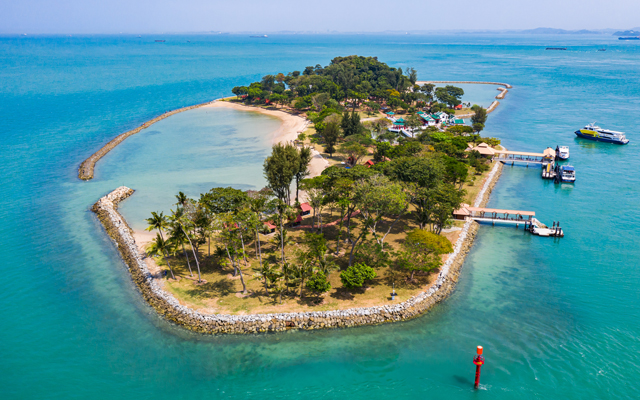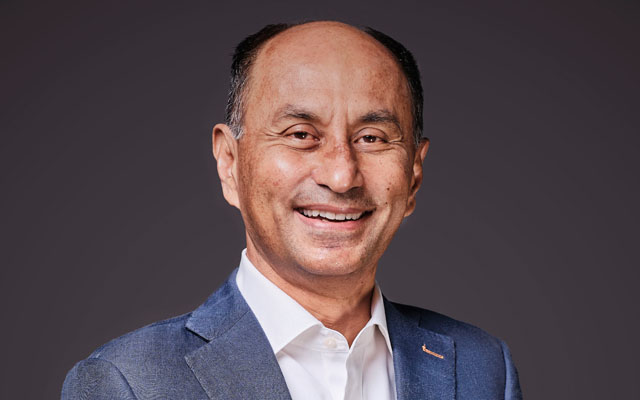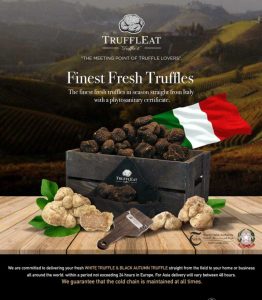- Singapore has existing tourism products that can keep travellers engaged for a longer duration
- Stitching fragmented stories from individual attractions and industry collaboration to create meaningful and experiential stay may be key
- Focus on travellers’ aspirations and attitudes as game plan

Singapore looks on track to shedding its image as a convenient stopover option in Asia, as the average length of stay in the city-state grows, from 3.36 days in 4Q2019 to 4.81 in the same period of 2022, according to data from the Singapore Tourism Board (STB).
Dominic Ong, managing director of major inbound operator, Tour East Singapore, told TTG Asia that travellers from nearby markets are staying longer, from 3.5 nights to 4.5 on average, while those from farther away are staying put for three nights, up from just two.
Ong noted that the establishment of the two integrated resorts – Marina Bay Sands and Resorts World Sentosa – and the many cruises home-ported in Singapore were reasons for the expanding length of stay.
Most tourism and hospitality stakeholders that TTG Asia spoke to is of the opinion that stronger marketing efforts to position Singapore as an attractive mono-destination can emerge from building a riveting narrative from existing tourism products.
Benjamin Cassim, senior lecturer, diploma in hospitality and tourism management, Temasek Polytechnic, cited two key qualities of successful mono-destinations: a full-fledged resort-type experience or a large land mass where each area offers unique experiences and interactions for visitors.
Cassim believes that the city-state’s existing basket of visitor experiences can convince visitors to spend five to six days in Singapore and enjoy a range of personalised encounters, unlike anywhere else in the world.
Arthur Kiong, chief executive officer, Far East Hospitality, is also in favour of sophisticated programming by stitching together the currently fragmented stories from individual attractions, so that the Singapore story can be told in a multi-dimensional and multi-media sensory way to provide more compelling reasons for longer stays.
Translating existing tourism products into meaningful experiences can also incentivise extension, such as capitalising on the Southern Islands, Cassim added. He suggested an impactful island-hopping experience that provides fun, exploration and education about the local marine wildlife, comforts of a luxurious boat ride – all under the guidance of a a well-informed and personable guide.
Ong suggested showcasing Singapore’s cultural diversity through “traditional art, music, dance, and festivals”.

Speaking to TTG Asia earlier at ITB Berlin, Ong also shared Tour East Singapore’s own initiatives to present Singapore as a mono-destination worth travellers’ time and money.
“We provide at least two unique activities per itinerary that offer a deeper look into the country. Some of the activities are a dim sum dinner in Chinatown, a trishaw ride through Bugis and a bumboat cruise down the Marina Bay area. These are usually things travellers will not think of doing on their own,” Ong detailed.
In a similar vein, Far East Hospitality is in the midst of working with its business partners to create a longer stay itinerary that is also experiential, according to Kiong.
Both Cassim and Ong agree that the ongoing blended travel trend, where travellers combine leisure and work for a more efficient use of their time on the road, can be harnessed for even longer stays in Singapore.
Psychographic segregation as competitive edge
Instead of segmenting by demographics, catering to the aspirations and attitudes of travellers seemed to be a common game plan to provide the competitive advantage for Singapore to differentiate itself as an engaging mono-destination.
For example, STB has developed strategies and initiatives to realise Singapore’s ambition to be an urban wellness haven to appeal to new and emerging motivations to travel such as wellness, Keith Tan, chief executive, STB, told TTG Asia.
For the immediate term, its plan is to cater to secondary wellness and corporate travellers who are already in Singapore for other purposes and looking to enjoy wellness products as part of their itinerary.
Tan explained: “Our holistic offerings and our reputation as a “City in Nature” set us apart from other destinations more traditionally associated with wellness tourism. We will also leverage Singapore’s existing strengths – accessibility, technology, and reputation as a strong business hub.”
Key initiatives to grow the city-state’s presence in the wellness tourism space and enhance the discoverability of its holistic wellness offerings among international travellers include organising the inaugural 10-day Wellness Festival Singapore in 2022, as well as entering a partnership with ClassPass to jointly drive local and international demand for said products and services in Singapore and to provide businesses a global platform to share their offerings with local and international audiences.
Singapore is one of the key markets for ClassPass and its fifth biggest city worldwide.
Far East Hospitality also segregates its guests by psychographics. For example, The Oasia brand caters to wellness advocates while The Barrack Hotel brand is for heritage seekers, Kiong shared.
Quality tourism to attract more high-yielding guests
This year, international visitor arrivals are expected to reach around 12 to 14 million visitors, from 6.3 million in 2022.
Amid the current manpower crunch, the focus on high-yielding travellers is a more sensible approach, opined Cassim, as positive visitor experiences are generally borne out of interactions visitors have with staff and sometimes other travellers and locals.
“An outcome of staff shortage will mean fewer opportunities for interactions with visitors. Given this current scenario, Singapore would be better rewarded by focusing on boosting the yield per visitor so that the visitor to staff ratio remains at an interactive level,” he said.
To overcome the current shortage of local hospitality talent, Kiong suggested redesigning jobs and upskilling to attract and retain existing talent, as well as raise the salaries of those who perform the essential functions.
Such a move will mean making travel to Singapore more expensive, so “the only way to address this situation is to shift the industry paradigm from mass tourism to quality tourism in Singapore and attract more high-yielding guests,” emphasised Kiong. – Additional reporting by Karen Yue

